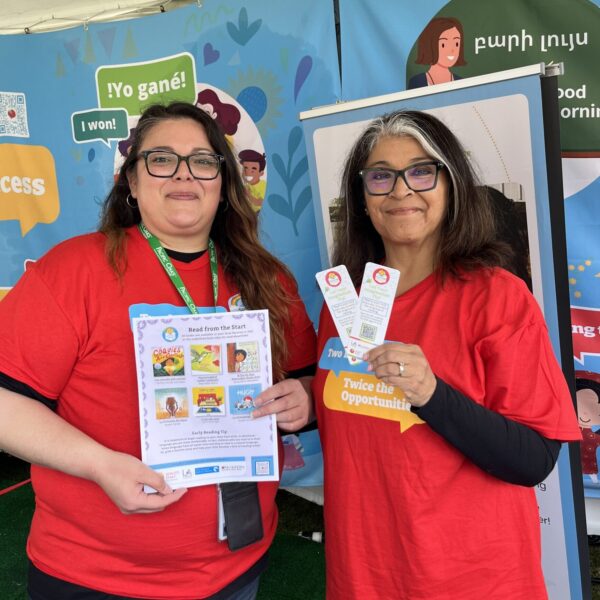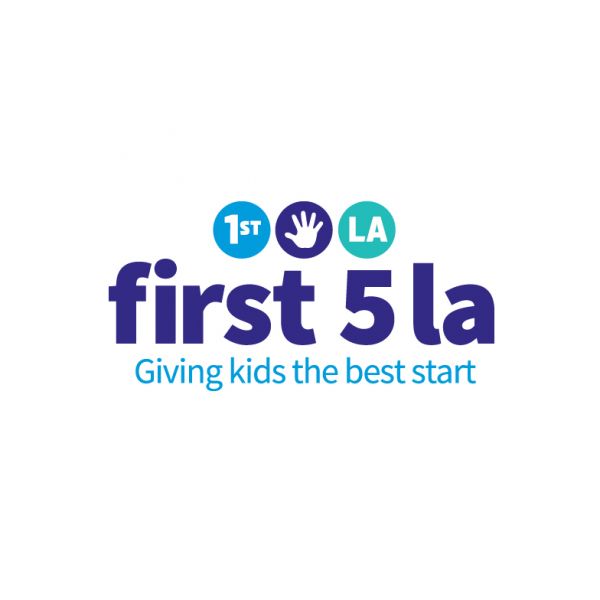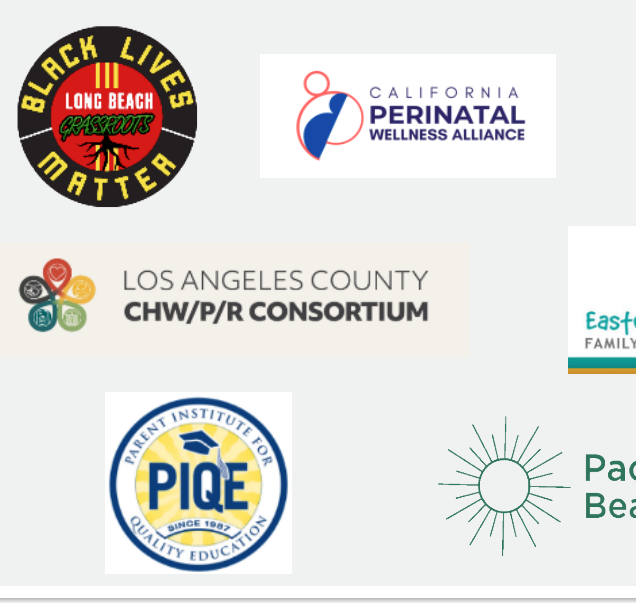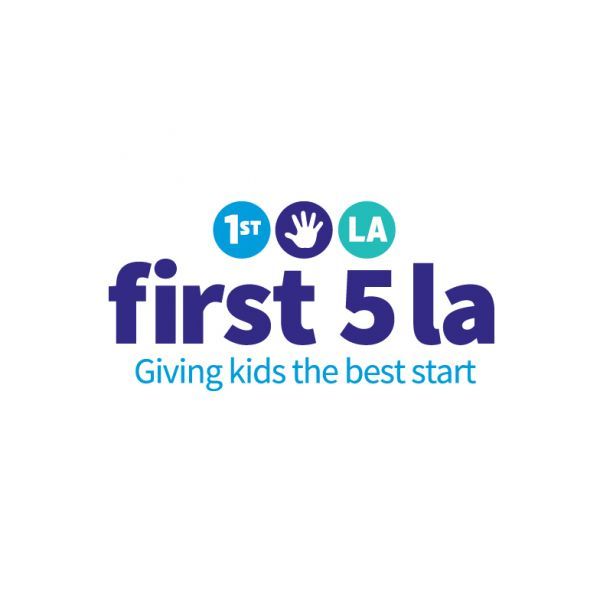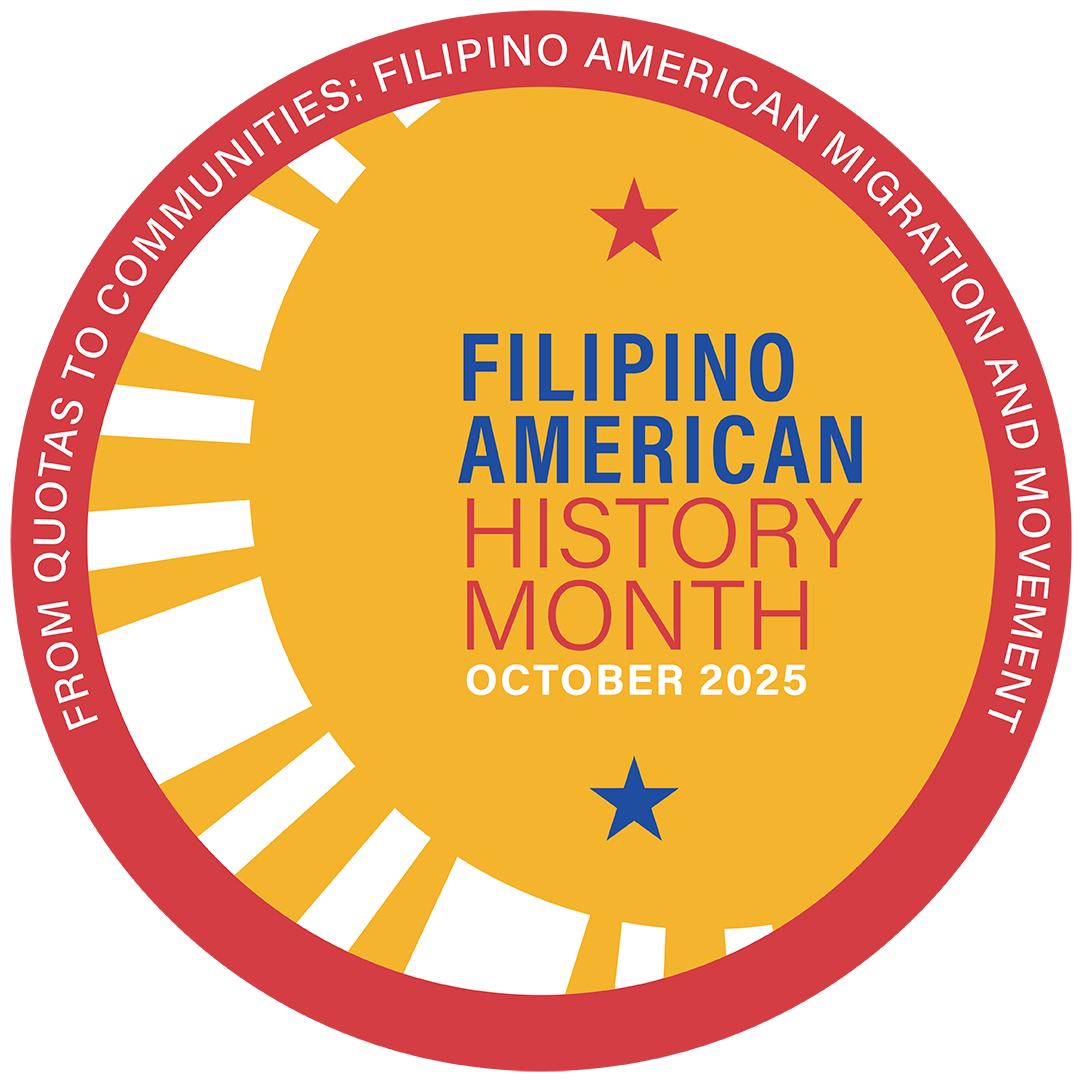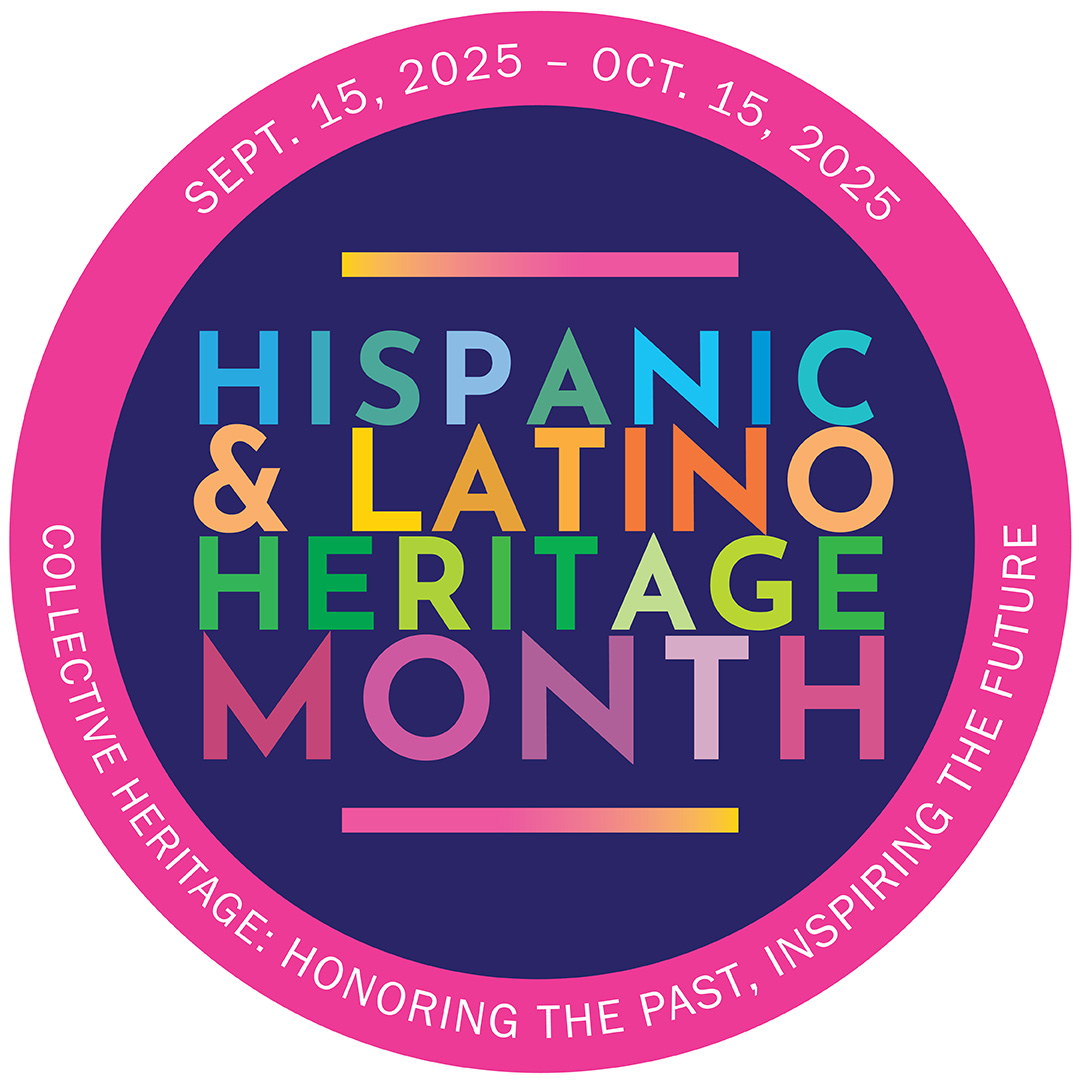By, Ruel Nolledo | Freelance Writer
April 22, 2025
The young boy is talking about cognates.
“I know some words in Spanish,” Mateo tells the nice lady sitting next to him in the booth. “When we watch these videos, they show the word first in English and then, at the bottom, in Spanish. Like the English and Spanish words for vehicle.”
The nice lady nods. “Exactly. It’s vehicle in English and vehiculo in Spanish. You see what you did there? That’s called transferring your knowledge about one language to another language. Vehicle and vehiculo are cognates.”
Mateo and the nice lady talk some more about cognates — and paleontologists, which is Mateo’s favorite word (because dinosaurs). Outside, the rain continues to drum against the tarp walls of the booth, where the two sit in the cozy pop-up storytelling nook put together by Quality Start Los Angeles Dual Language Learning partners.
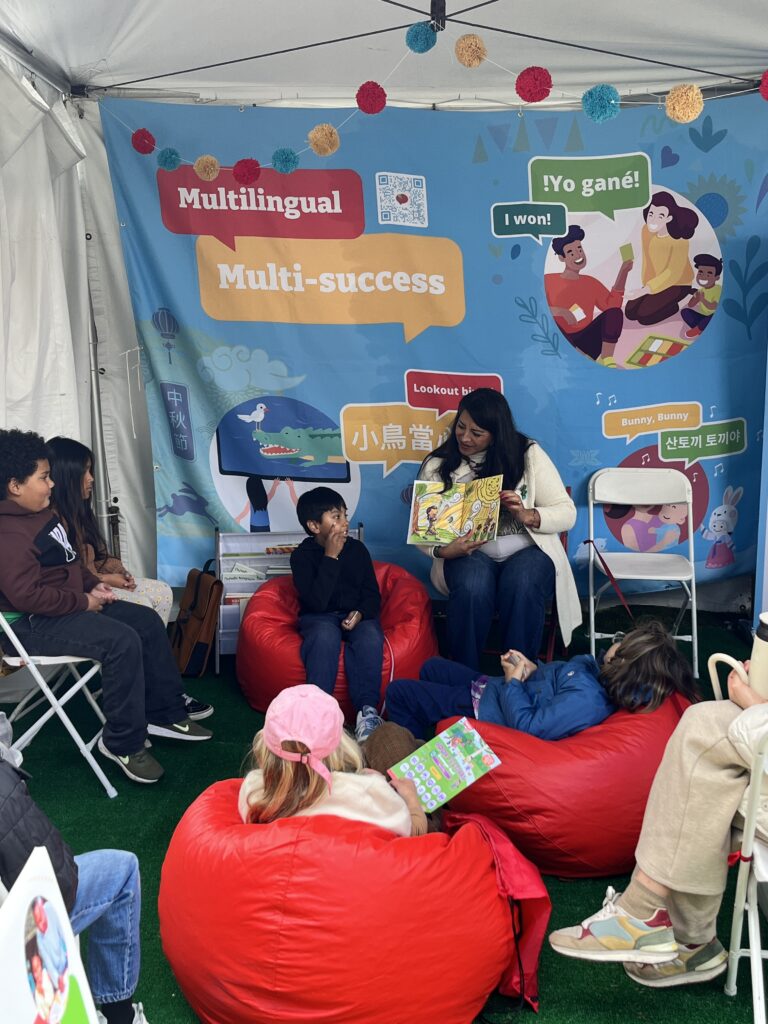
It’s the kind of conversation with a child — spontaneous and charged with discovery — that would make anyone smile. That’s certainly the case for the nice lady in question, author Sandra Gonzalez-Mora, who is still beaming as she gets up to prepare for her storytelling session. The rain has stopped, and the USC campus is coming to life as the annual Los Angeles Times Festival of Books begins, a region-wide event that welcomes close to 150,000 book enthusiasts over two days.

Children’s author Sandra Mora-Gonzalez stands with books from her multilingual book press, Skillful and Soulful.
Gonzalez-Mora knows how valuable these conversations can be. It was one such exchange with her daughter, then age 4, that inspired the creation of “Mommy, Tell Me Why I Am Radiant.” Created by the mother-daughter team, the bilingual picture book centers on a conversation between a little girl and her mother. A key feature of the book is a set of vocabulary words in English and Spanish that help improve children’s language skills while instilling self-confidence.
“I remember thinking: What a beautiful moment,” Gonzalez-Mora says of that initial talk with her daughter. “Having conversations like that was a way of supporting not just my daughter’s socio-emotional development but her language skills.”
***
For the longest time, the prevailing theory among American psychologists was that bilingualism was bad. They thought exposing children to more than one language would confuse their brains, leading to lower IQ scores and delayed intellectual development. These flawed ideas even made their way into educational policies, reinforced by flawed studies that failed to account for socioeconomic factors or the quality of language exposure.
Fast forward to today, and the consensus among researchers is clear: early exposure to more than one language is actually a very good thing for children. For children whose parents primarily speak a language other than English, learning both their home language and English early in life results in a host of benefits, including enhanced cognitive and socio-emotional skills, improved academic outcomes, and long-term economic gains. In recent years, a growing number of employers and policymakers have begun to recognize that bilingualism can be an invaluable asset that contributes to economic success.
By all rights then, this should be good news for California, known as the most linguistically diverse state in the U.S., and Los Angeles, the most linguistically diverse county in the state. But due to a history of wide-ranging and harmful policies, including an 18-year state ban on bilingual education that just ended in 2016, California lags behind other states in fostering multilingualism.
That’s why LA-based Quality Start LA (QSLA) — which represents a consortium of organizations including First 5 LA, the L.A. County Office of Education, the Child Care Alliance of Los Angeles, the L.A. County Office for the Advancement of Early Care and Education, as well as additional partners Early Edge California and UNITE-LA — has been working to spread the word about the benefits of bilingualism. Dedicated to improving the quality of child care for L.A. County’s young children, QSLA also oversees the Dual Language Learner (DLL) Initiative, which seeks to foster a countywide culture that embraces and encourages dual language learners and the strength they bring.
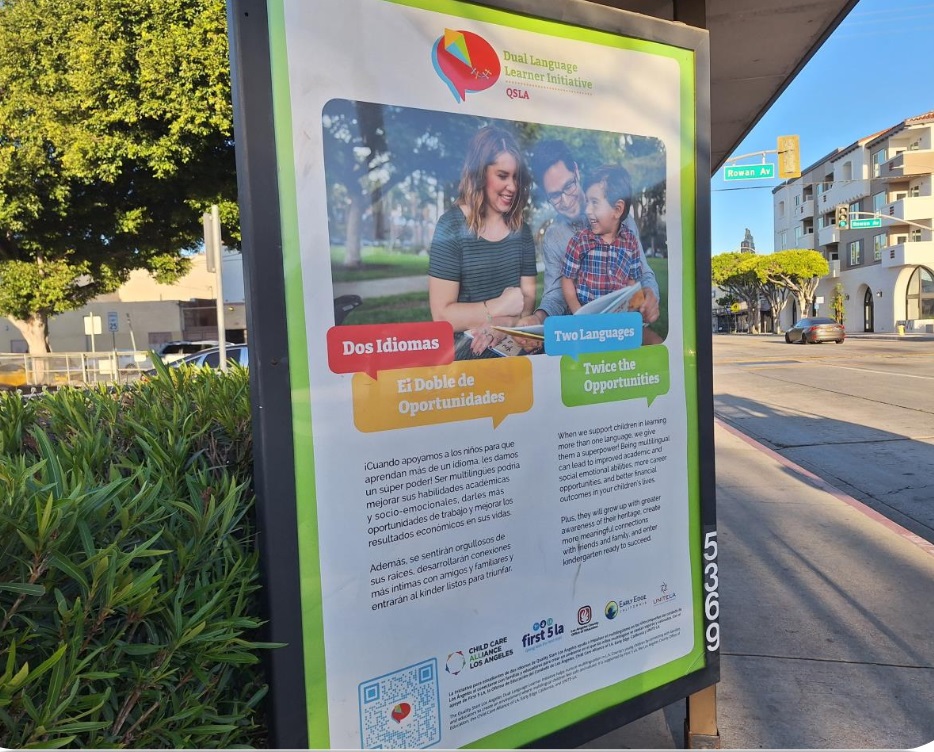
As part of its initiative, QSLA launched its multi-year, multi-phase outreach campaign in 2023, focusing on encouraging dual language learning while disproving harmful myths. The campaign has garnered well over 114 million impressions, reaching families throughout Los Angeles County, using a mix of outdoor media, print ads, broadcast spots and various social media platforms. As part of the campaign, QSLA has also partnered with child care providers, home visitors and librarians, who shared resources with parents on the benefits of multilingualism as well as advice on fostering a dual language learning environment in the home.
For this current year’s campaign, First 5 LA Program Officer Gina Rodriguez says that the focus has been to expand to include a newer, younger audience.
“Previous campaign phases were aimed at parents, child care providers, and the communities at large,” she explains. “Now, we’re expanding it to reach out to children.”
That new approach is evident in “Two Languages, It’s Always More,” the new QSLA-sponsored video produced by Makefully Studios. Unveiled on PBS Kids Southern California in mid-April to coincide with Multilingual Awareness Month, the 30-second animated spot features two young children discovering the world around them, in English and Spanish, with a sense of wonder and joy. Although the video is currently in English and Spanish only, plans are afoot to translate it into other languages and reach more children throughout L.A. County. 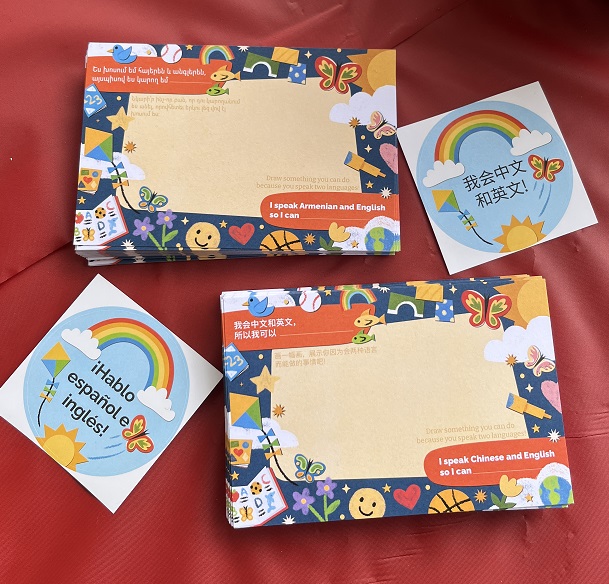
The spot was accompanied by a postcard and sticker pack in all six of the campaign languages — Armenian, Korean, Vietnamese, Khmer, Chinese and Spanish — which were mailed to more than 70 partners throughout L.A. County, including libraries and childcare centers. The stickers, developed in both English and the home language, allow kids to proudly declare their bilingualism, contributing to the goal of building confidence around bilingualism.
“It’s important to help kids celebrate their home language and realize it isn’t a barrier,” says Rodriguez. “It’s a superpower.”
***
April Wu, another featured storyteller at the QSLA booth at the Festival of Books, agrees.
“I was raised bilingual,” says Wu, the author, educator, and founder of Seedlingo. “And I think that really opened up so many more doors for me. I was able to connect with so many more people.”

Children’s author, April Wu reads bilingual book, “It’s Bedtime Little Moon.”
It’s a packed house as Wu captivates her audience with a reading from “It’s Bedtime, Little Moon,” a gorgeously rendered lift-a-flap book about a girl who resists bedtime. Written in both traditional and simplified Chinese, Pinyin, and English, the book was inspired by Wu’s daughter, Luna, who assisted during the reading by holding up a sign that read “NO”— a running gag from the book as the little girl resists bedtime.
“I want children to be able to see how those words can be used in context,” Wu explains after the storytime session. “There are all these benefits that come with knowing more than one language.”

First 5 LA Program Officer Gina Rodriguez stands with QSLA partner representatives, Joanna Cole with Early Edge California and Olivia Kim with QSLA.
Ensuring all families are able to reap those benefits is the major impetus behind First 5 LA’s work in fostering bilingualism. As part of its Whole Child, Bright Futures initiative in the new 2024-2029 Strategic Plan, the organization promotes increased access to quality early care and education that meets the needs of all families. While working with partners to increase public awareness of the benefits of multilingualism, First 5 LA will continue to advocate for culturally affirming curricula that reflect the diversity of LA County’s communities.
“It’s something that resonates throughout the different communities across Los Angeles,” says Rodriguez.
In the end, it’s about making sure L.A.’s youngest learners have something valuable to carry with them into the future: an enriching multilingual vocabulary that’s rooted in home, culture and connection.
“Words are the currency of education,” says Gonzalez-Mora. “The more deposits you put into their word bank, the more they get to profit from in the future.”
###
Related Articles:
